One of the best books I’ve read in the past few years is #NarrativeEconomics from Nobel Prize–winning economist and The New York Times bestselling author Robert Shiller. It’s a groundbreaking account of how stories help drive economic events.
Whether we acknowledge it or not in our formal systems, empirical science, humanities, and arts have always shared a profoundly symbiotic relationship. I hang out with a LOT of economists and LOVE it!! Whether working with Energize Colorado to create the first Small Business Resiliency Index, the Euro-Mediterranean Economists Association – EMEA on the Brain Capital Alliance, or Metro Denver EDC on the lifestyle verticals for #TheElevationEffect, economists are awesome explorers who make me feel right at home as a #CultureFuturist™ and #artist!
You may not immediately associate economists and artists together, but surprisingly enough, the two professions have more in common than you might think. From creativity to problem-solving skills, there are many similarities between these two seemingly unrelated fields. Let’s explore just five shared things between economists and artists.
Creativity
At first glance, some people may not consider economics a creative field. However, economists use creativity every day as they come up with innovative solutions to complex problems. Creativity is an essential component for any economist looking to make a lasting impact on their field. Similarly, artists must rely on their creative talents to create unique works of art that stand out from the crowd. Whether solving economic puzzles or creating masterpieces, economists and artists must use their imaginations to succeed in their respective fields.
Problem Solving Skills
Another similarity between economists and artists is their ability to solve problems quickly and effectively. Economic problems often require complex data analysis and logical reasoning skills; similarly, artistic projects require creative problem-solving abilities to bring them to life. Economists and artists have an innate ability to identify issues and come up with solutions that can help move their work forward. This knack for problem-solving is essential for success in both professions.
Ability To Adapt To Change
The economy is constantly changing, which means that economists must be able to adapt quickly to stay ahead of the curve. At any given time, they may need to adjust their strategies based on fluctuations in the stock market or changes in government regulations. Likewise, artists must also have the ability to adapt quickly when necessary. For example, an artist may be working on a painting but suddenly realize it’s not turning out as expected. In this case, they must be able to make changes on the fly for the piece of art to come together as planned.
A Passion For Learning
One of the most important qualities that economists and artists share is a passion for learning new things. Economists must constantly stay up-to-date on changes in the market so that they can advise companies accordingly; similarly, artists need to keep abreast of new developments in the art world so they can stay ahead of trends and create cutting-edge works of art that will captivate audiences around the world. Both professions require continuous learning if those within them want to remain competitive in their respective industries.
Understanding the Big Picture
Finally, both economists and artists must be able to see the big picture in order to be successful. For economists, this means understanding the global economy, world markets, and other factors that influence financial decisions. For artists, it means looking beyond individual brushstrokes or musical notes; they must understand how each part fits into the larger creative puzzle. Both must be able to accurately capture the nuances of their respective fields in order to create high-quality work that resonates with their audience.
Final Word
These shared traits enable economists and artists to thrive in their chosen fields! And, provide a natural bridge for radical collaborations that can shift culture. CEOs, CMOs, and economic development agencies should take note — by understanding these similarities between economics and artistry, you can better position your business, sector, or region for success and innovation in the future of work.
